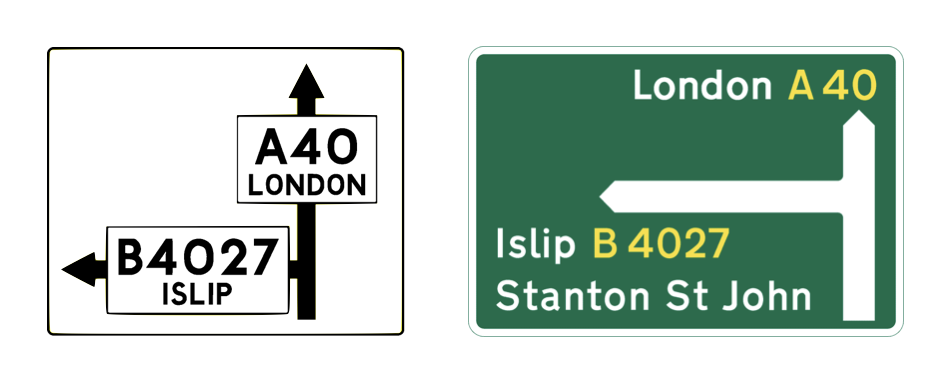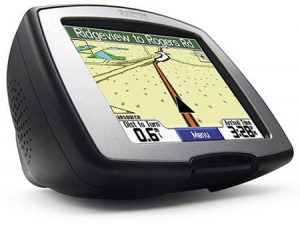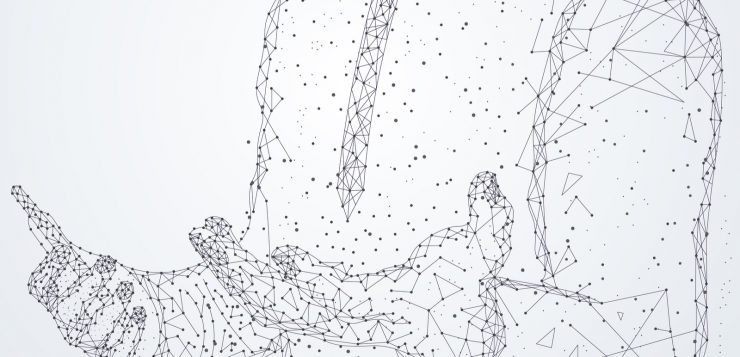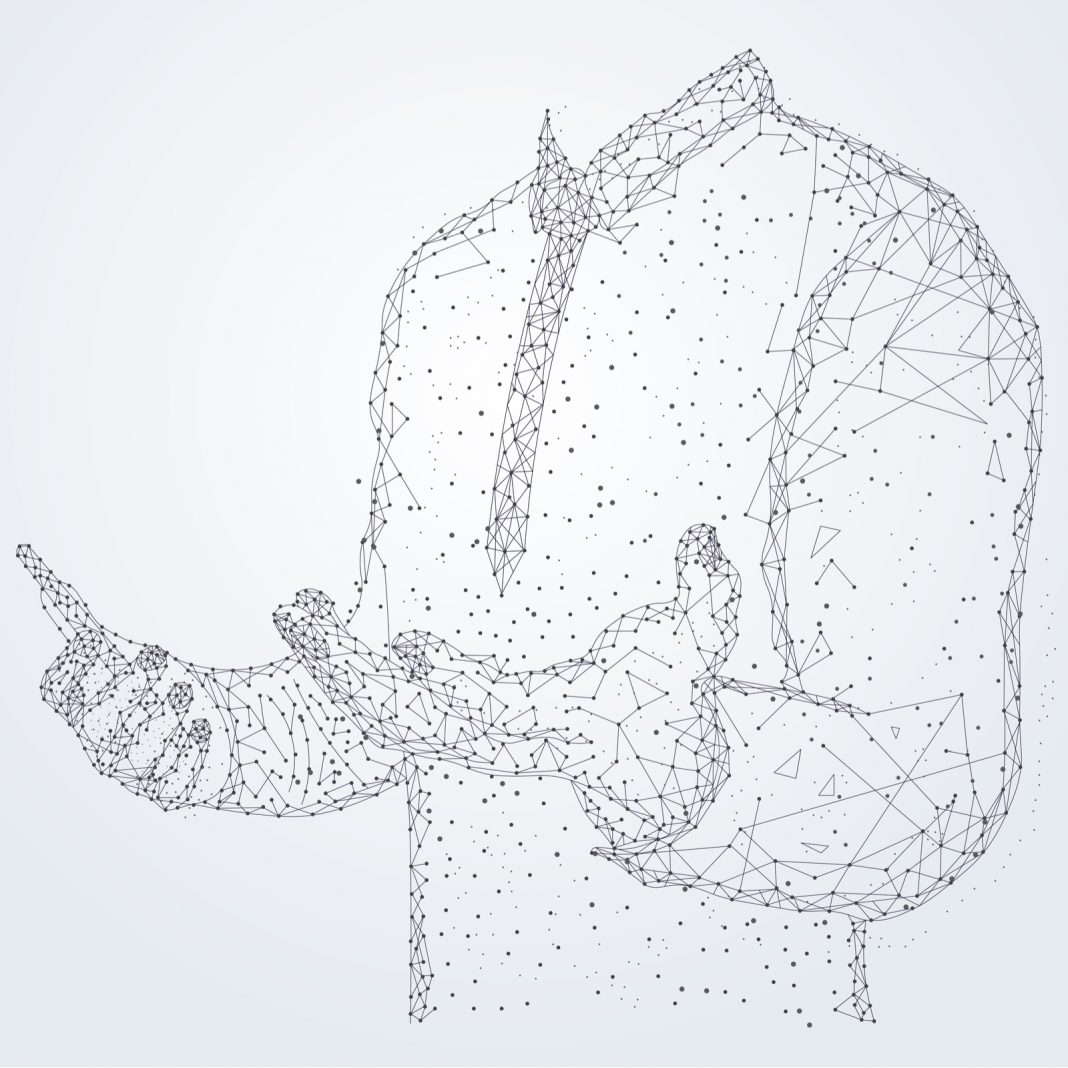To their proponents, dapps – decentralized applications – are the future of internet. To their critics, they’re multi-million dollar sinkholes, with huge development costs, poor UI, and no users. Are dapps like Augur and IDEX early test cases for the web to come, or impractical experiments that are destined to fail?
Also read: Bitcoin ATMs Now In The Thousands Around the World
Decentralized Cash is a Success But Decentralized Apps Remain Unproven
Hating on dapps has become something of a parlor game. They’re an easy target after all. While all the headlines are about VCs pouring millions of dollars of seed money into dapps like Crypto Kitties, and the highly publicized launch of Augur (market cap $311 million), behind the scenes, things are less than rosy. The latter, which launched with great fanfare several years and personnel changes later, typically has less than 60 daily active users (DAUs) and yet Augur is supposedly ethereum’s flagship dapp.

A glance around the categories on Dappradar shows that the number of people talking about dapps is multitudes greater than the number actually using them. For less than 90 DAU, your dapp can make it into the top 20 for all categories and for around 230 DAU into the top 10. Only decentralized exchanges IDEX and Forkdelta, plus the runaway ponzi game Fomo3D, have more than 1,000 daily active users. It’s to be expected that numbers should be low in the evolution of what is still a nascent technology, but should they be so low that you could squeeze the users of the average dapp into a small room?
“Design is the Killer App for Crypto”
A widely shared article from Coinbase this week, titled “Why design is the killer app for crypto”, observed: “Blockchain today is often compared to the internet in the 1990s. When the internet first came about, you couldn’t have predicted that twenty years later people would be using it to share their houses and cars (thanks to Airbnb and Lyft). The builders of the web didn’t have to know what all the possibilities were — they were just a group of passionate people who believed that this technology was important and transformational to society, and they pulled together to work to make it a reality.”

Dapps, and the other components that form what’s known as web 3.0, often look clunky and complex to outsiders. Spoiled by slick social networks, whose UI has been polished till it shines with the force of 1,000 suns, web users are apt to look askance at dapps that fail to match the performance of their centralized counterparts. Once dapp design improves, and the speed of the blockchains they run on increases, so the theory goes, the users will come. Federico Ast, founder of decentralized justice protocol Kleros, agrees, telling news.Bitcoin.com:
New technologies are usually received with skepticism. It’s easy to dismiss a new technology when you compare its very first iteration with the established versions of previous technologies.
From GPS to Bitcoin Wallets, Early Versions Always Suck
As anyone who’s been in bitcoin from near the beginning will know, decentralized technologies have already came a long way. There were no QR codes or mobile apps with the first BTC wallets: just slow and unintuitive desktop builds that called for synching the entire blockchain. GPS is another tool, built into our phones, we take for granted, but watch an episode of Top Gear from the late 90s and you’ll see Jeremy Clarkson testing a $5,000 GPS kit that’s as boxy as the car it’s installed in.

Kleros’ first foray into the world of dapps is a test case for its justice protocol called Doges on Trial. Participants are invited to upload images of fake doges or even of cats to see if they can sneak them past the crowdsourced jurors. Like all dapps, it looks rudimentary and frivolous, but there are serious concepts being put to test. “Of course the very first cars were slower and more expensive than horses. And sending the first email was more expensive than traditional mail,” notes Kleros’ Federico Ast. “But the performance of new technologies increases exponentially. What may start as a ‘silly experiment’ proposing users sort a Doge list (“Hey, any 5-year-old can do that!”) may be the first step to fundamentally rethinking arbitration from the ground up.”

It has been categorically established, nine years on from the genesis block, that a sizeable chunk of the population want decentralized money. It could be another nine years before we can say for sure whether they want decentralized apps. The number of daily active users for dapps are less than encouraging, but it would be foolish, at this stage of the game, to write them off, just as it has been proven foolish to write off the internet, GPS, and every other transformative technology we now take for granted.

Besides, in an era of increasing censorship and surveillance, we need decentralized apps more than ever.
Do you think decentralized apps are the future? Let us know in the comments section below.
Images courtesy of Shutterstock, Dappradar, and Coinbase.
Need to calculate your bitcoin holdings? Check our tools section.





